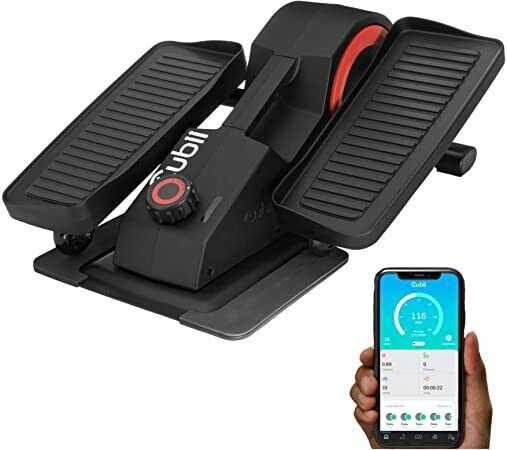
Introduction
I recently bought a Cubii under desk elliptical bike, I have two use cases for it:
- Physiotherapy after a foot surgery
- Help me to warm-up in my cold home office in the winter
Added bonus, doing light exercise. I definitely not find it as enjoyable as using a full size machine, or doing “real” sports, but this is just my preference and I am stuck at home with crutches anyway 😅
So my second hand model is a Cubii pro: no screen to display statistics, but with Bluetooth connectivity, which means that I had to install yet another proprietary app. I doubt usefulness of collecting those data but as it is BLE communications I wondered if it would be easy to reverse engineer the protocol by spying on the frames…
It appeared to be even easier to look into the Android application to find everything I need to dump the data into InfluxDB, and a fun weekend project.
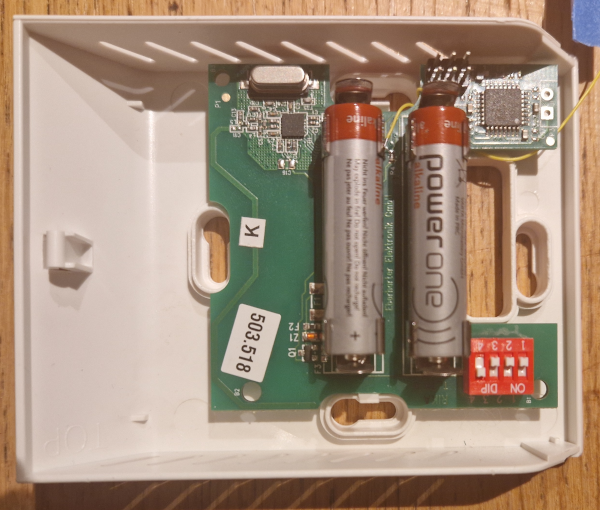
I own a Rika Filo pellet stove, which I like, but it is on the expensive side of the market and the Wi-Fi module to remote control it was a no-go. This article describes the way I reverse-engineered the radio protocol.
As it is my sole heating system and winter is coming, I wanted a non invasive approach to avoid breaking anything, so I hooked up a logic analyzer to record the commands sent by the micro-controller to the radio chip, which helped me to learn the RF parameters + actual payload.
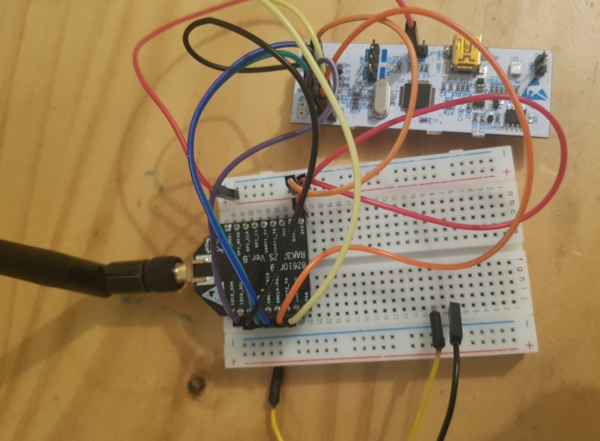
Kongduino kindly sent me a WisDuo RAK3272s few weeks ago,
it is a a breakout board for RAK nice module (RAK3172) around the
STM32WL5 system on chip from ST. Let’s see how to use STM32 CubeMX
to generate the initialization files and the LoRaWAN stack, then setup Visual
Studio code debugger.
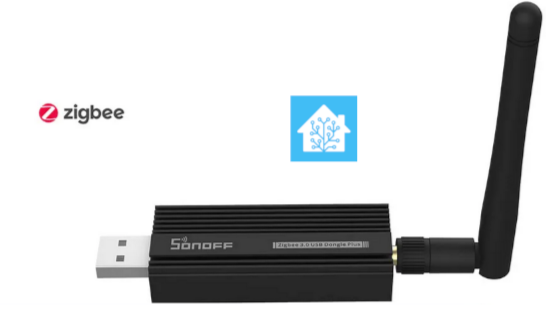
I recently bought a Sonoff Zigbee 3.0 USB Dongle Plus from iTead to use it with Home Assistant.
While it worked out of the box, the update itself was not complicated but you
have to find the right tools…
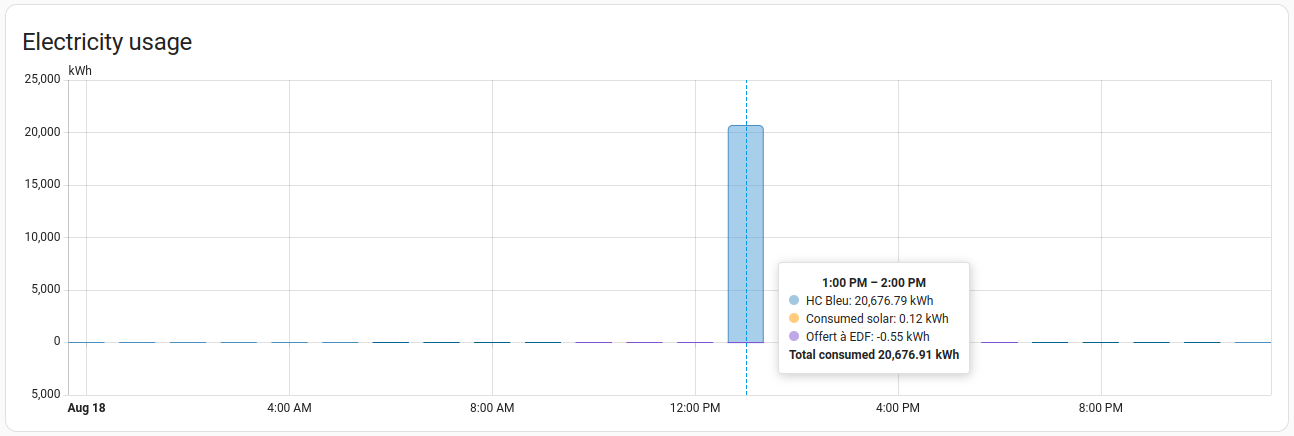 Introduction I have been experimenting with solar panels, Home Assistant and my electricity meter lately. This French meter from the utility is called Linky. It provides a small power supply (130 mW) and a serial link hidden via amplitude modulation.
To avoid using batteries, I built a prototype that harvests this power, demodulates the serial link, and feeds the data into an nRF52 development kit. It works well enough that I never bothered turning this messy setup into a proper PCB.
Introduction I have been experimenting with solar panels, Home Assistant and my electricity meter lately. This French meter from the utility is called Linky. It provides a small power supply (130 mW) and a serial link hidden via amplitude modulation.
To avoid using batteries, I built a prototype that harvests this power, demodulates the serial link, and feeds the data into an nRF52 development kit. It works well enough that I never bothered turning this messy setup into a proper PCB.




